This type of vacuums is the simplest and most common. Canister vacuum sucks dust and debris with the help of air stream. The air is cleaned with filters. Dust and debris are collected in a dust bag. These vacuums successfully compete with wet / dry vacuums, upright vacuums and robotic vacuums.
Vacuums with traditional filtration
These models use disposable or reusable dust bags. Today the market offers them in a wide range. Inexpensive dust bags use paper. Of course, the addition of synthetic fibers increases their service life. But they, of course, are more expensive. The service life of synthetic dust bags is even greater.
The number of layers also affects the service life. Today, companies produce single-layer, double-layer and three-layer bags. Reusable bags use vlieseline or fabric.
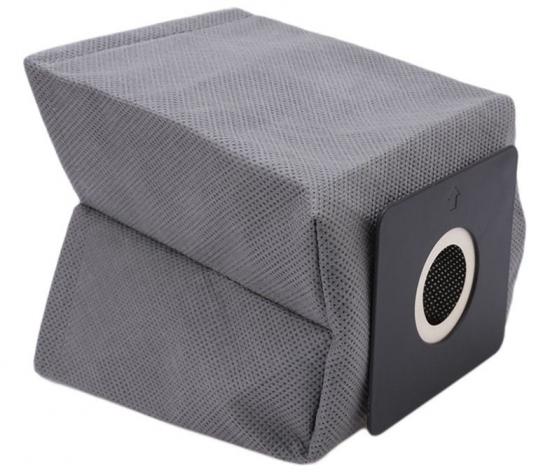
Pros:
– high efficiency for large garbage;
– easy to use;
– wide range of filters.
– low cost.
Vacuums with dust bag are cheaper compared to other models with comparable characteristics.
-wide range of prices.
The cost of these vacuums varies in range from $ 50 to $ 600, simplifying a choice of model with suitable cost.
Cons:
– regular cleaning the reusable dust bag;
– dependence of the suction power from degrees of bag filling and clogging the filters.
This problem is almost completely absent at using of three-layer synthetic dust bags.
– quality of dust bags significantly affects the cleaning quality.
Cyclone vacuums
In fact, cyclone vacuum is an improved version. This technology was invented by the Englishman James Dyson. However, the first such vacuum was produced by the Japanese Apex Inc company in 1986. It was called G-Force and cost £ 1200 that was unprecedentedly expensive.

In 1993, the inventor founded Dyson company that today is one of the market leaders. His first DC01 model had grandiose success in the market.
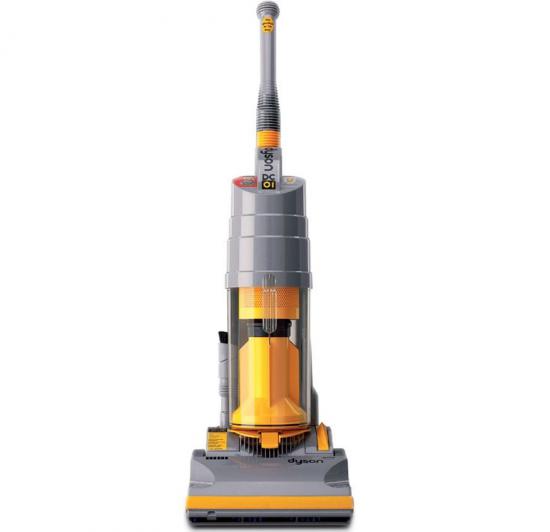
This technology uses the centrifugal force of the air vortex, which directs dust and debris to the walls of the working chamber. Cone-shaped blocks generate vortices. Of course, their number affects the filtration quality. The first models used two vortices for large garbage and fine dust. But modern multi-cyclone engines often contain more than 10 such cones.
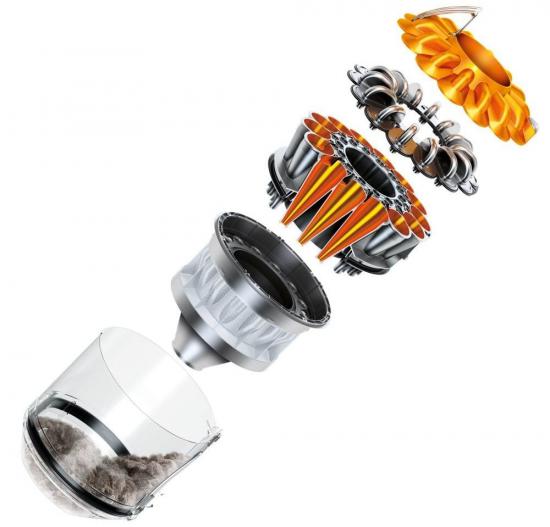
Main pros
This list contains:
– no dust bags.
Of course, savings depends the cleaning frequency.
– high efficiency of air cleaning from heavy dust particles;
– filling level does not affect the suction power.
Centrifugal force pushes the garbage particles to the filter walls. Therefore, their number do not significantly affect on the suction power during cleaning. However, the pollution degree of filters before and after the engine significantly affects on this parameter. Unfortunately, these filters usually require frequent cleaning.
– cyclonic vacuums have a light weight and relatively compact dimensions;
– easy to use;
The plastic container is very easily removed and cleaned from dust.
– stylish modern design.
The cyclone engine in the transparent case looks very stylish.
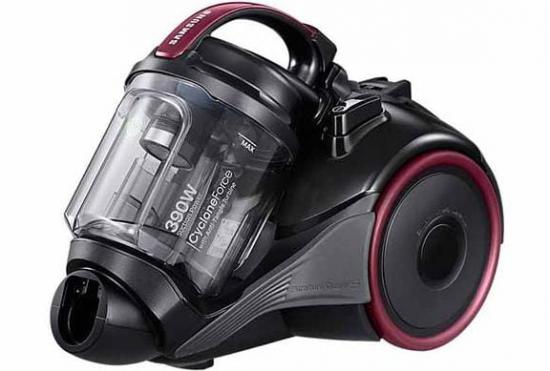
But the impacts of large enough garbage particles sometimes scratch its inner surface.
– random suction of valuable items, such as jewelry or keys, is not problem because of easy access to the contents of the dust container.
Main cons
This list contains:
– centrifugal force inefficient filters the too lungs or very long particles;
Unfortunately, this vacuum inefficiently cleans the air from the long hair, threads, pollen, lint, feathers, etc. due to rapid clogging the filters.
– cyclone vacuum inefficiently cleans the air from the fine dust and requires of the HEPA filter;
– cyclonic airflow contributes to the accumulation of static electricity on plastic parts.
Therefore, touching to the vacuum can be quite painful.
– strong dependence of filter operation from the power and speed of the air flow.
Unfortunately, effective operation of filter requires constant suction power and high air speed in the cyclones. Otherwise, an unstable or incompletely formed vortex does not effectively purify the air. Therefore, the filter clogs very quickly, reducing the suction power, increasing the noise level, motor temperature and its wear.
– Startup / stop of motor, the suction of large garbage, bending the hose or sticking the turbo brush to the surface of carpet, curtains or upholstery can provoke instability of vortex;
– absence of power level adjustment.
Manufacturers do not use this function to reduce the probability of destruction of the formed vortex at the process of manual adjustment.
– large, solid and heavy particles can create the scratches on the transparent walls of the container in collisions.
This is accompanied by an unpleasant characteristic noise. Of course, the scratches on matte container wall subsequently worsen the visual control.
– dust collector with small capacity requires frequent cleaning the filters.
But frequent cleaning the filter significantly reduces its service life.
– cost of filters varies from $20 to $200;
– large power consumption.
Conclusion
In general, the improvement of cyclonic engines is the most promising direction for these vacuums. Of course, these pros and cons significantly affect the choice of the optimum vacuum.
Competition encourages companies to constantly improve their models. This video shows LG Kompressor technology for pressing debris, which increases the time between emptying the dust collector.
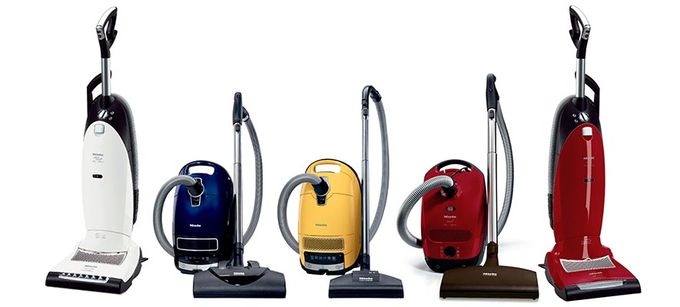
Pingback: How to choose a vacuum cleaner - The Appliances Reviews